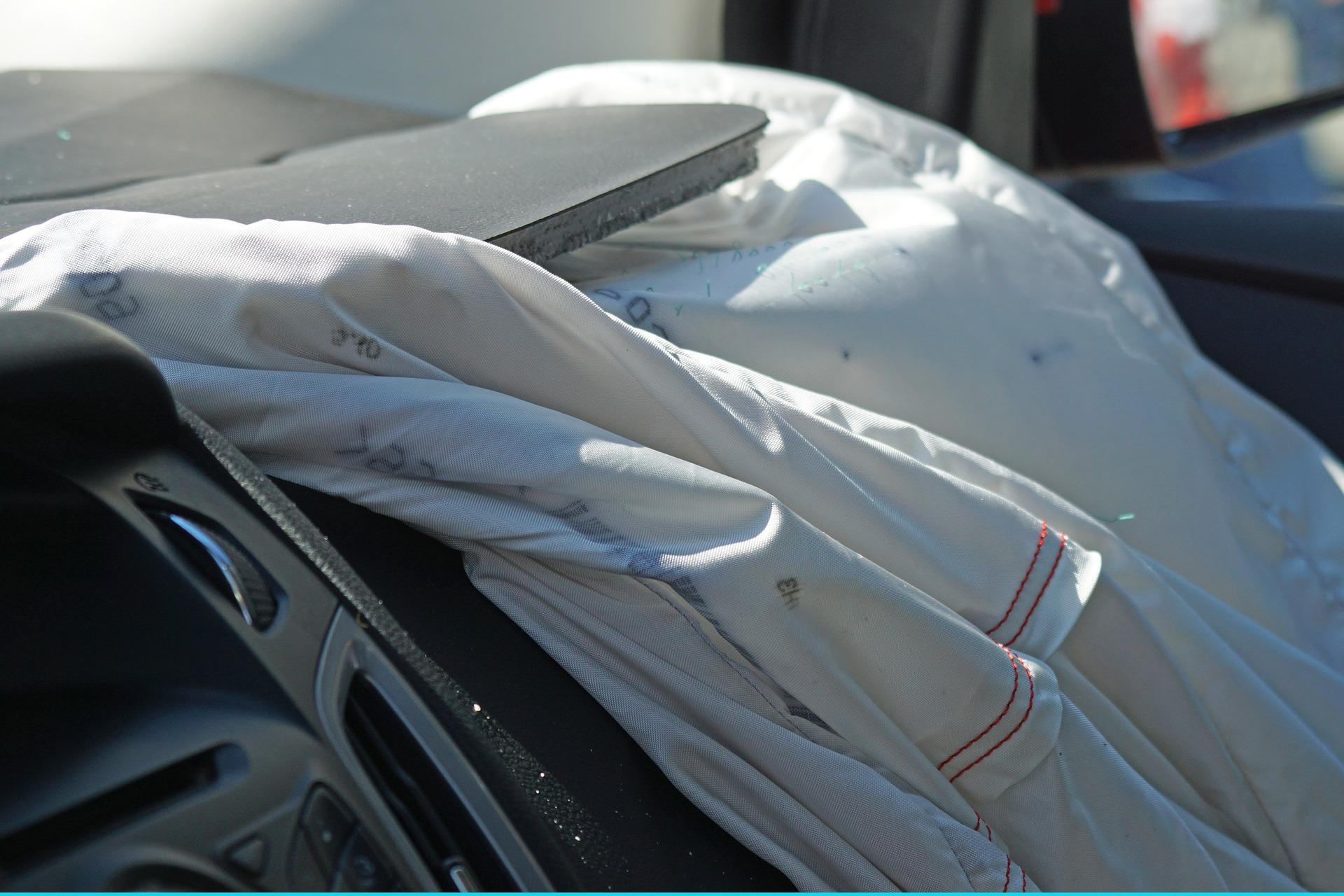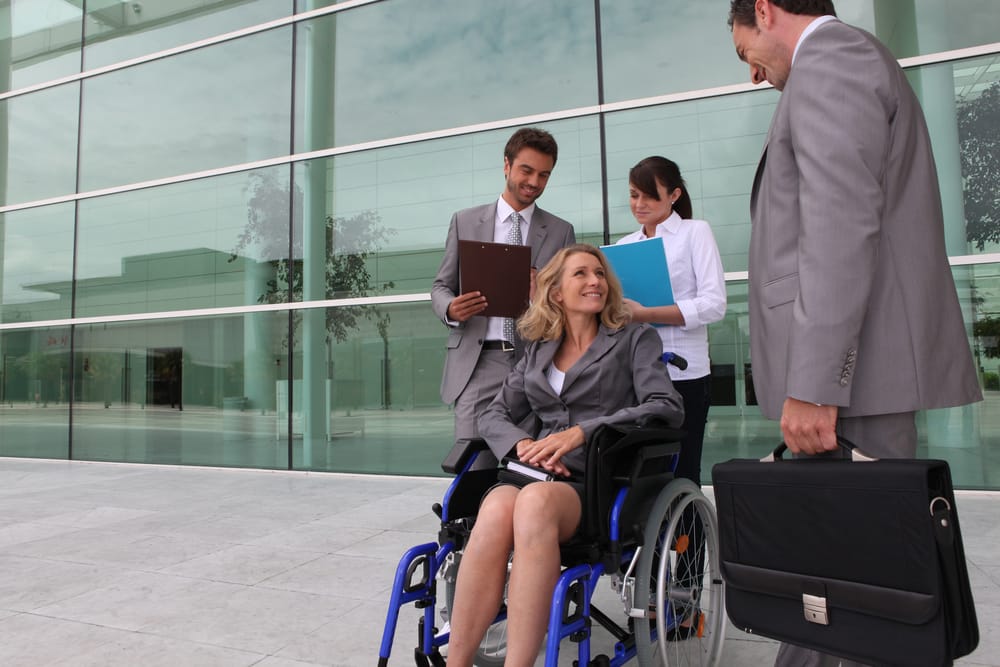Aside from the social distancing requirements, as school bus accidents make headlines across the country, many parents are questioning the safety of school transportation itself. On average, 131 school-bus related fatalities occur every year, and 17,000 students suffer serious injuries in accidents.
But the problem isn’t as black and white as it may seem.
Bus Stop Accidents on the Rise
Pedestrians are at a much greater risk of injury or fatality in a school bus accident. In fact, 17% of people injured in school bus accidents are pedestrians.
But many cities across the U.S. are seeing a rise in the number of bus stop accidents. In November 2018, a string of injuries and fatalities at bus stops made headlines, but in three of the incidents, the bus driver was not the one who struck the pedestrians.
In Rochester, Indiana, a woman driving a pick-up truck allegedly struck and killed three siblings as they crossed the street to board the bus. According to court records, the woman said she saw the lights, but did not recognize the vehicle as a school bus.
In Tallahassee, Florida, a child was hit by a teenage driver while trying to board the school bus.
More drivers are failing to stop for school buses picking up and dropping off children at bus stops. Some are distracted. Others are in a rush to get to their destination. Regardless of the reason, it’s a tragedy when children are injured or killed while boarding or getting off of a school bus.
Large blind spots along the front, rear and sides of the bus make it more difficult for bus drivers and other motorists to see children who may be crossing in these areas. Smaller children are at particularly high risk of injury or death simply because they are harder to see.
Lack of Seat Belts Puts Students at Risk
Injuries and fatalities can also occur because many school buses are not equipped with seatbelts.
About 43% of injuries and 9% of fatalities are to passengers on school buses.
Buses are designed with the idea of “compartmentalization” in mind. Essentially, the idea is that the spacing of seats limits the distance passengers can travel in an accident. Proponents of this idea say the seats absorb the impact and limit the risk of injury the same way a seatbelt would.
But without seatbelts, students can be thrown into other students or the interior of the bus in a collision.
School Hours Put Students at Risk
About 38% of school-bus related accidents occur between 3pm and 4pm. Morning hours, between 7am and 8am, are also dangerous times for school buses.
These are the hours when buses are picking up and dropping off students. But these are also the hours when many motorists are commuting to and from work. Depending on the time of year, it may also be dark during these hours, which makes it even harder to see students who are crossing the street.
School buses are supposed to provide children with safe passage to school, but accidents are more common than parents realize. In this age of corona, parents should drive their kids to the school if they can.


